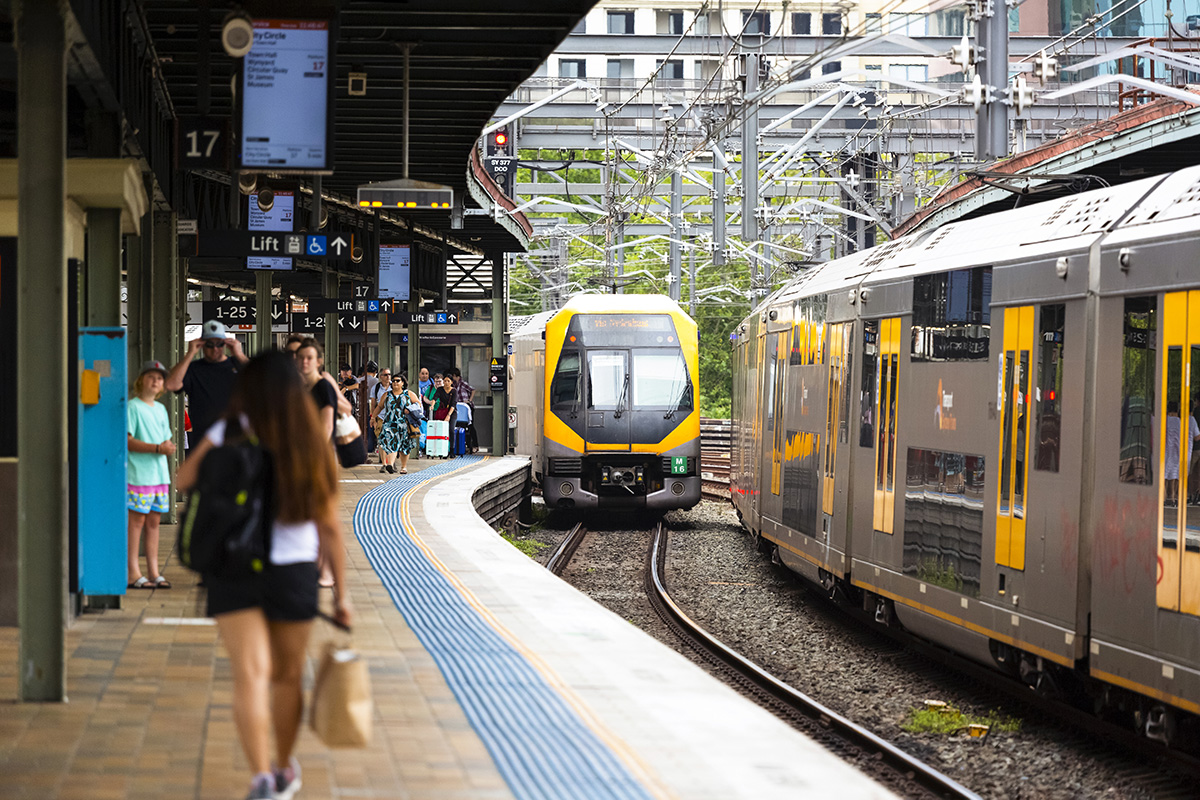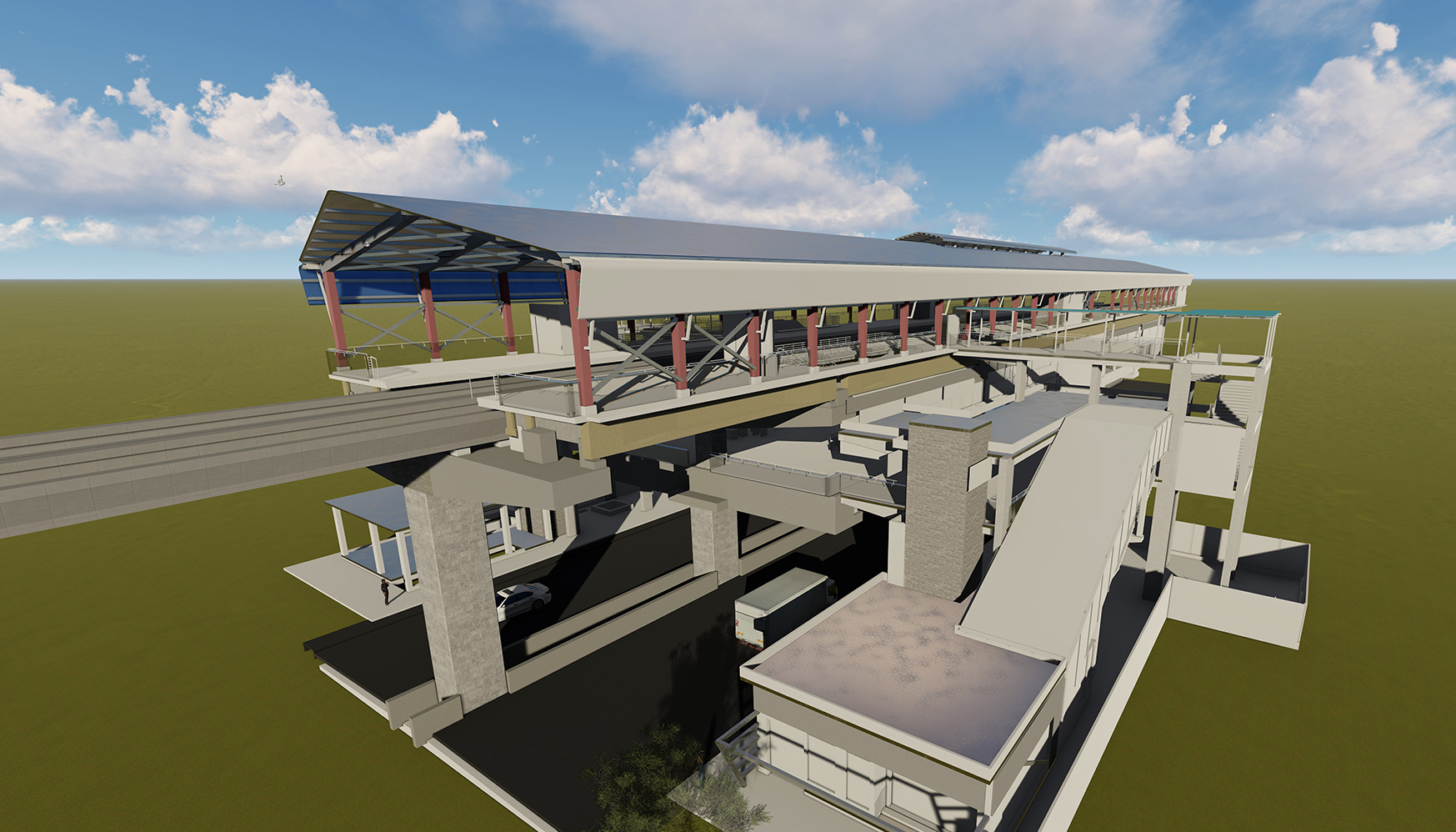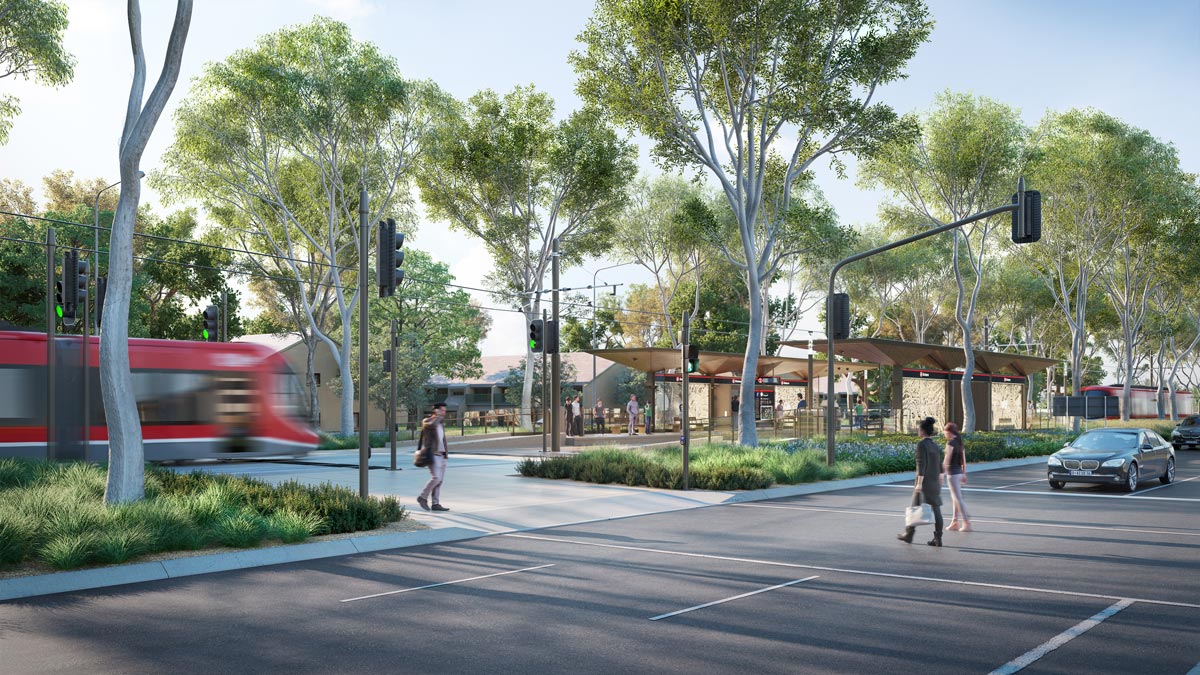
Q: You both started your careers in New Zealand and then took opportunities to work in Australia. What lead you to consider working overseas?
Paul Nicholls: For me, I wanted to develop my network and develop skills within a new working environment, plus all the new life experiences.
While in Australia, I joined SMEC as part of the New South Wales Rail team. This exposed me to some incredible city shaping projects as part of a local rail team supported by our national and global experts. Working abroad is a fantastic opportunity that I would always encourage everyone to take.
Q: What were some of the key aspects / projects that defined your time in Australia?
Steven Drury: I started at SMEC with a strong technical background in the design of road bridges, but limited design management and project management experience. I had a strong desire to become a project manager and SMEC gave me this opportunity. I was able develop my management skills in a supportive environment by working on projects in rail with a bridges and structures focus to match my technical background.
Paul Nicholls: For me, a key project that defined my time in Australia was the More Trains, More Services Program. This is an essential program aimed at improved capacity in Sydney. In 2019 the SMEC and Mott MacDonald FutureRail joint venture were engaged as the technical advisor for the future stages of the More Trains, More Services program. Over the next ten years, the More Trains, More Services program will roll out world class technology to transform the rail network and provide Sydney commuters will more reliable, high capacity, turn-up-and-go services.
Q: Paul, this sounds like a momentous rail project shaping the way Sydney moves and grows. What is a stand-out aspect of your involvement on this project?
Paul Nicholls: Yes, this project was a fantastic opportunity to be involved at the forefront of designing leading edge solutions to enhance the capacity and reliance of the network for Sydney rail network users. I was involved as the package lead for central city upgrade projects, stabling and maintenance, conventional signal upgrades and program wide infrastructure. This involved coordinating and leading a multi-disciplinary design team consisting of track, signalling, OHW, structural and civil design, drainage, geotechnical, environmental, heritage, electrical and architectural. Working alongside Transport for NSW and the Digital Systems Program on the remodelling of Sydney’s Central Station Terminal was a highlight.
Q: Steven – How does your design experience in road infrastructure translate to the rail industry and what unique challenges do you appreciate about rail?
Steven Drury: Whether one is designing infrastructure for road or rail, civil and structural fundamentals are essentially the same. New Zealand and Australian design standards are very similar, if not identical (with a few exceptions, of course). So fortunately, all my years of experience in the design of New Zealand road infrastructure’ are still very relevant!
What struck me as the biggest challenge in rail is the need to develop designs to suit very short construction windows so that trains and the public can quickly get moving again. There are also some disciplines that just don’t exist in road projects, such as overhead wiring and signalling which means that there tends to be significantly more utilities. Both facets come together to make design in rail just that little bit more challenging and rewarding. Fortunately, I’ve worked on a couple of brownfields transport road projects which required extensive construction staging and service relocation to keep the road open to the public, preparing me in part for what is just an everyday consideration for design in a rail corridor.
Q: Paul, you also have a wide range of experience having been involved with managing and designing several civil, rail and transport infrastructure projects. What are the benefits of approaching rail solutions with your varied viewpoints?
Paul Nicholls: I have experience in many disciplines including rail, signalling, overhead wiring electrical, geometrics, pavement, stormwater, utilities, structures and road infrastructure project. My understanding of a wide range of disciplines allows me to approach a rail solution holistically which is particularly important in complex brownfield environments typical of projects within New Zealand and Australia.
Q: Last year an opportunity arose to return to New Zealand and now you are both now based in Auckland connecting SMEC’s vast rail expertise with the New Zealand market and developing the New Zealand rail team? What excites you for the future?
Steven Drury: We both are looking forward to bringing our experience and knowledge back to New Zealand and applying them to New Zealand projects. Rail in New Zealand is experiencing a period of expansion, and through our close connections to our Australia and Global rail teams we are pleased to be the people on the ground in New Zealand conveying this global skill set to solve local challenges for New Zealand.
Q: SMEC is a historically diverse, globally connected workforce operating out of more than 40 countries. What do you see as a benefit of being part a local specialist as part of a globally connected network of experts?
Paul Nicholls: Being part of a globally connected network of expertise has numerous benefits. It is fantastic to be a local team but have the support of and access to incredible specialists around the globe.
We can draw on a wealth of expertise and experience that SMEC has on delivering projects across a range of diverse environments, from some of the world’s most remote locations to some of the densest urban surroundings. As the local team, we have our finger on the pulse on what is happening in the local market. By combining our understanding of the local environment with the benefit of being able to tap into global specialists we are able deliver excellence across each project.
Q: New Zealand is experiencing a period of investment, what are the opportunities you see for SMEC during this boom in infrastructure?
Paul Nicholls: There are several similarities between upcoming projects in New Zealand and projects the SMEC rail team have been delivering in Australia over the last 10 years. Be it light rail, signalling upgrades, station upgrades, rail hubs, bridge replacements, rail program business cases or investment in maintenance of the existing rail network, between our local team and our global specialists we hope to bring the lessons learnt on past projects overseas to New Zealand to benefit local industry.
SMEC has a 70-year history of delivering nation-building infrastructure, and this month celebrates our 10yr anniversary in New Zealand. Our sustainable and considered approach, while it may be supported by global specialists, is always delivered with a local presence and a local understanding of the needs and requirements of the specific country.
Paul Nicholls is an Associate Civil Engineer with over 7 years’ experience in managing and designing several civil, rail and transport infrastructure projects. Paul has been involved in various transport projects, both in New Zealand and Australia and has experience in many disciplines including rail, signalling, overhead wiring (OHW), electrical, geometrics, pavement, stormwater, utilities, structures and traffic.
Steven Drury is an Associate Engineer with 14 years of experience in civil and structural engineering and project management. Steven has been involved in various transport projects, both in New Zealand and Australia.
Related
insights
 Construction commences on key section of Chennai Metro Rail’s Phase 2
Construction commences on key section of Chennai Metro Rail’s Phase 2
Our design comprises an integrated rail and road bridge with double decker stations, which will carry both highway and mass rapid transport commuters on the same pier.
 Dohazari to Cox's Bazar Railway project, Bangladesh reaps benefits of site safety culture
Dohazari to Cox's Bazar Railway project, Bangladesh reaps benefits of site safety culture
Health and safety should be an integral part of businesses, of all shapes, and sizes. At SMEC it is imperative that we protect the well-being of people associated with our company, whether on-site or in the office.
 Energising a nation’s capital: Canberra Light Rail
Energising a nation’s capital: Canberra Light Rail
It was an exciting Saturday in April 2019 as the Canberra Light Rail, after more than a decade in planning and construction, opened its doors to the public. It’s the first light rail system for Australia’s capital and a key element of the Australian Capital Territory (ACT)’s Government’s Canberra Plan, a strategic guide to the city’s future growth.





